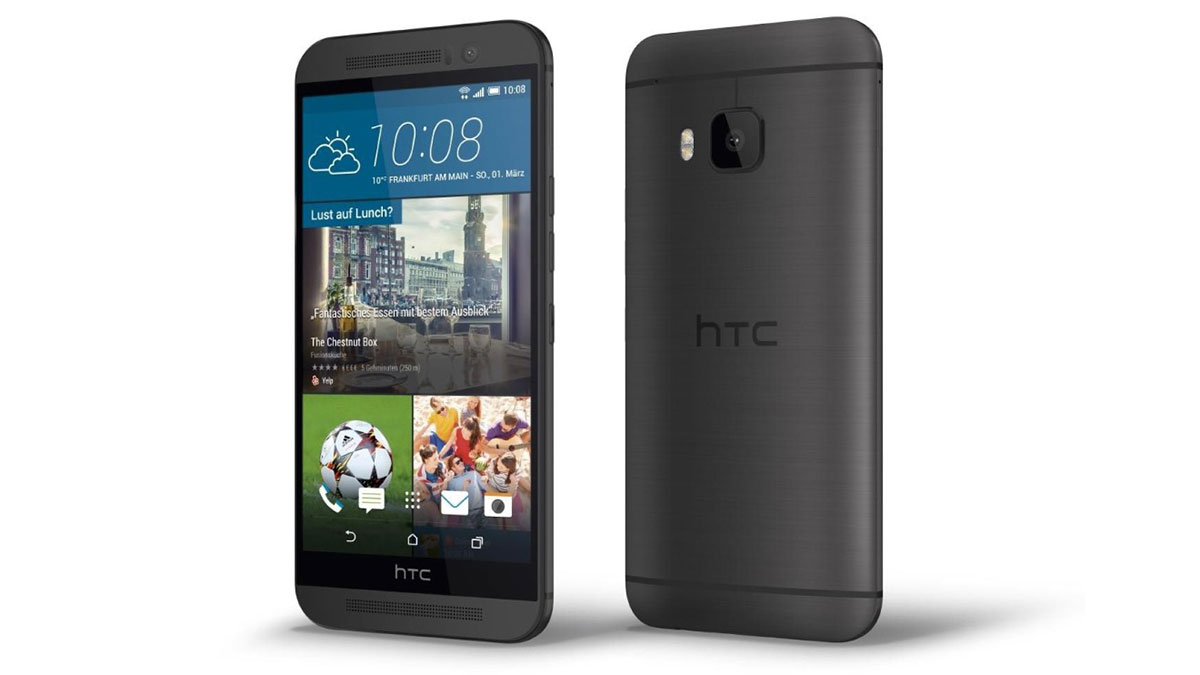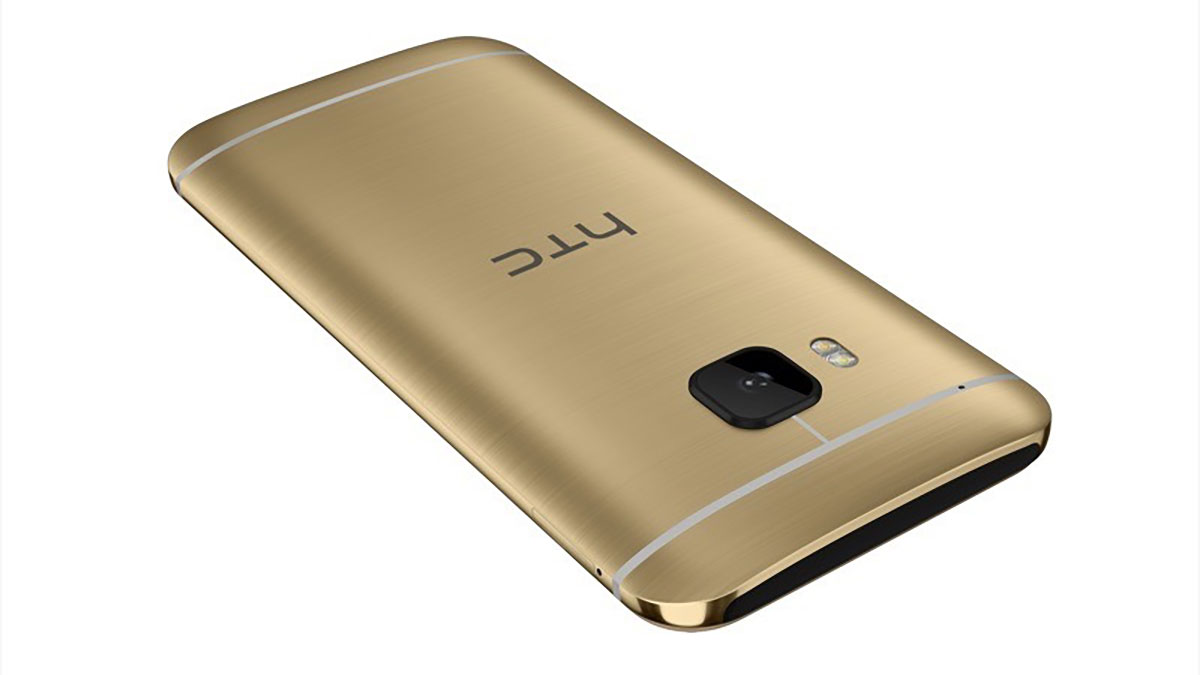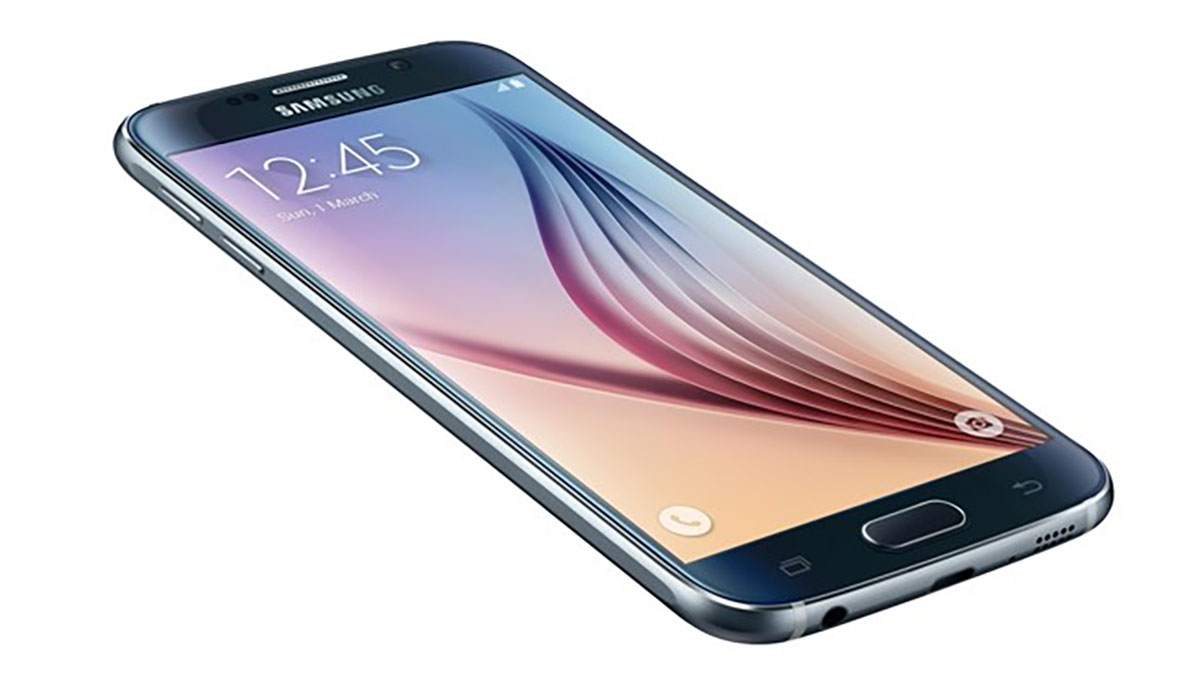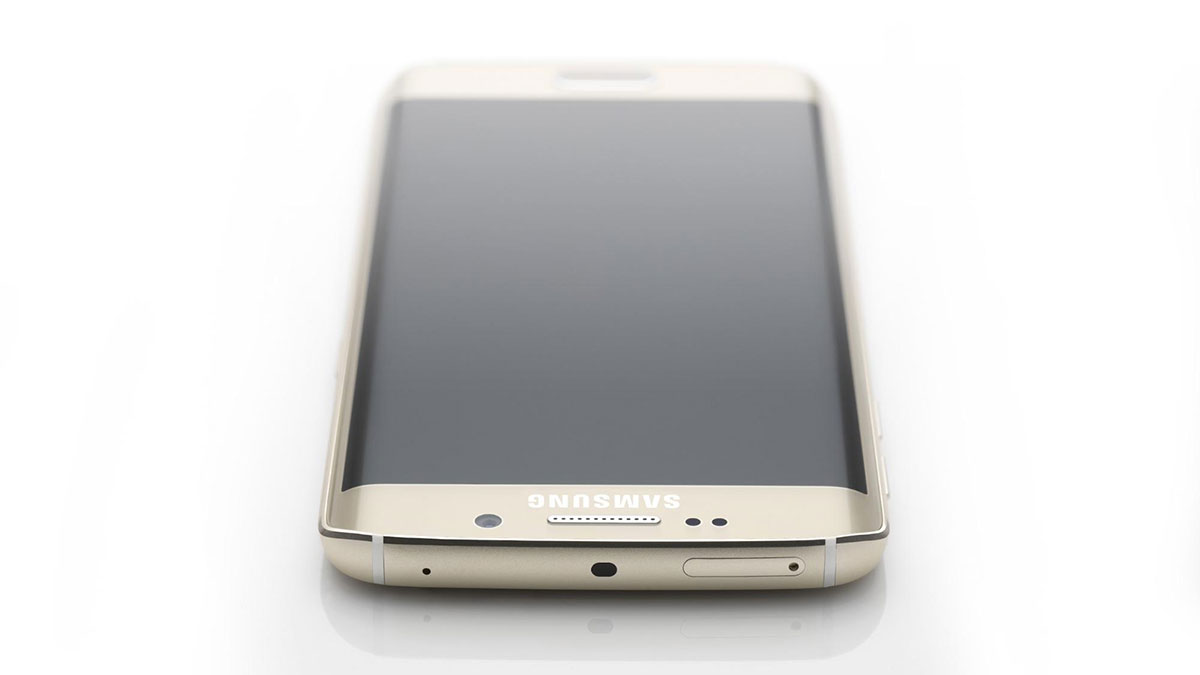Samsung and HTC showed off their latest at MWC — is it time to upgrade?
 Supplied
SuppliedThe week-long Mobile World Congress took off last Monday in Barcelona. MWC is an annual event where manufacturers from around the globe show the world where they think the following year will go when it comes to mobile technology. From the best new flagships to the lowest end of wearable tech, MWC has it all. We saw Huawei jump into the smartwatch category, and Microsoft launch their first branded smartphones; Tinder announced their paid version, and Nokia launched a self-admitted iPad knock off. But the conference also showed two big smartphone announcements — HTC and Samsung’s newest devices.
HTC kicked off a jam-packed week with the announcement of their new flagship device, the HTC One M9. HTC CEO Peter Chou spent very little time on stage (unlike previous years) and instead allowed some of his design team to speak about the device. This year they put the designs of the M7 and the M8 together to make us the beautiful piece of jewelry that is the M9.

This new device starts by squaring off the corners of the familiar design, and adding a more grippy finish to the once slippery metal. It comes in several colour combinations, all of which employ a new two-tone anodization process. It makes the device look like it’s made of two differently tinted pieces of metal, but HTC was quick to note that it is one unibody. HTC brought their camera game up by including a 20 megapixel camera in favour of the previously terrible 4 ultra-pixel design. Under the hood there’s a Qualcomm-made Snapdragon 810 system-on-a-chip, which is one of the first SoC’s to support the 64 bit architecture; this bad boy is fast. HTC stuck to its guns with a 1080p display instead of chasing the latest trend to quad-HD: a decision made to help preserve battery life, something that is echoed in the inclusion of a larger battery.

On the software front, HTC has kept their sense software intact. This year HTC has included a new theming engine that will allow consumers to modify every inch of their device experience from a selection of premade themes that change everything from the colours and the sounds to the icons and background photo. They have included the ability to use one of your own photos that the One will then convert into a new theme. A nifty trick for the Etsy-case buyer among us; personalisation is in!
HTC has gone the Apple direction of making a bit of an iterative ‘S’ release, but they have kept what their customers loved and ditched what they didn’t, which may be exactly what HTC needs to stay relevant in the competitive smartphone market.
Not to be outdone, Samsung announced their latest flagship devices as well. The Samsung Galaxy S6 and Galaxy S6 edge were finally brought out from the shadows, and it’s very clear that Momma-Samsung slept with the postman, because these devices are finally gorgeous.

Samsung took some clear inspiration from their competitors in Cupertino, with a unibody aluminum chassis flanked by Gorilla Glass 4 on the front and back of the device, finally leaving that god awful plastic in the past. They replaced their terrible fingerprint scanner from previous models with a ‘tap’ based model and included their own payment system in ‘Samsung Pay’ — both oddly reminiscent of some Apple features.
Samsung Pay steps up the mobile payment game by allowing the device to be tapped to non-tap terminals, something Apple has proven to be their largest hurdle in the mass adoption of their Apple Pay service. Samsung ditched their coveted removable battery and expandable MicroSD storage in favour of an all metal, thin, design. Samsung gave both S6 models a smaller battery and no waterproofing, but promises we can still expect some great durability and battery life out of this beast.
For the first time, Samsung will be including their own in-house Exynos 7420 64 bit SoC, something that in the past would have been replaced with a Qualcomm Snapdragon variant in North American models. This chip has been manufactured with a newer 14 nano-meter process, which means it will run screamingly fast compared to the Snapdragon 810 in the HTC One M9, that still uses the slightly older and slower 20 nano-meter process. In the real world this difference should be negligible, but in benchmarks and hardcore games one might notice a difference.

Samsung had one more surprise for us, and that was in the ‘edge’ variant of their S6. This model will have the right and left side of the display slope away from the user, something that was previously only found on one side of the Galaxy Note 4 edge. The Galaxy S6 edge is, easily, the most stunning device Samsung has produced in the last five years. The content appears to just float away to nearly no bezel, and given all the swiping from the edge that Android employs this design feels more natural than the sharp corner of a traditional slab. They’ve included some extra software in their already bloated Touchwiz skin to take advantage of the slight curve, but nothing that would be missed if the flat version of the S6 was bought.
Samsung has finally listened to the market and brought something worth looking at. It’s true that they may have removed some utility in favour of a more premium design, but if Samsung wants to continue to be the top Android manufacturer, then this is the direction they needed to go.
Both manufacturers have outdone themselves this year. With HTC iterating on a previously successful, and beautiful, design, and Samsung listening to their customers and building something consumers will actually want to pick up, it’s clear why Android is installed on 8 out of 10 phones worldwide.
Both devices can be expected to go on sale in Canada by the beginning of April.




